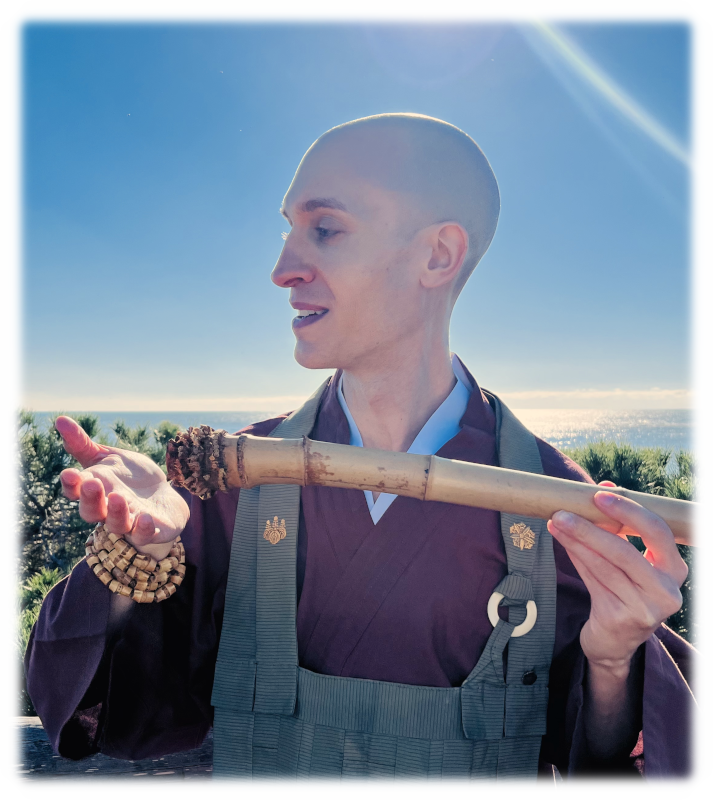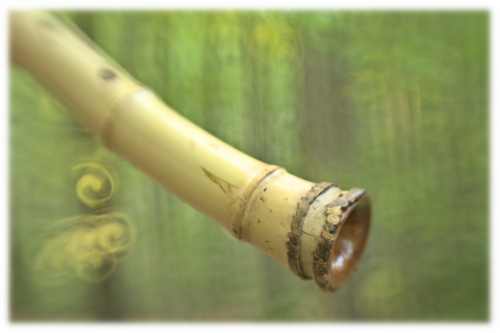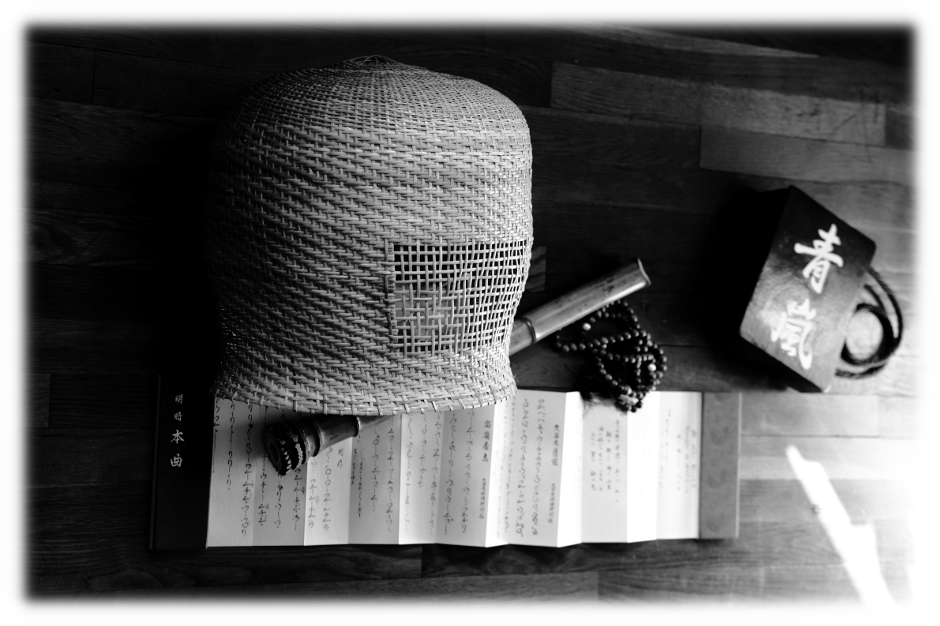
Josen Shakuhachi
Welcome, here you'll find my handcrafted shakuhachi for sale and ways you can learn to play with me as your teacher. My name's Josen (Jon Kypros) and it’s been my great joy to be a full-time teacher and craftsperson of shakuhachi for over twenty years. I hold the title of Dai Shihan or ‘Grandmaster’ of the shakuhachi and I practice Zen Buddhism, both of which I will cultivate for the rest of my life. (You might be familiar with my previous works, The Bell Shakuhachi and my book, Your Shakuhachi Journey.)
It would be my pleasure to guide you on your pilgrimage down the také no michi or ‘bamboo path’. Reach out to me with any questions you may and thank you for entrusting me to be of aid on your odyssey with the shakuhachi, if even just for a short while. I hope to meet you in the bamboo, Josen
Find a shakuhachi that speaks to you...

I handcraft Jinashi and Jimori (地無し•地盛り) — the only types of shakuhachi that preserve the natural inner bore of the bamboo. From these unique expressions of nature you can find shakuhachi that truly speak to you...
➤ Visit my shakuhachi for sale page to see what's available.
Learn how to play the shakuhachi

Over the years, it's been my pleasure to have helped countless people with playing the shakuhachi, from getting their first sounds and all the way to the advanced levels. I've listed the various ways you can begin learning shakuhachi with me below...
➤ Check out my free video course How to Play the Shakuhachi. You can also find information on private, one-on-one shakuhachi lessons with me on my shakuhachi lessons page.
Newsletter
➤ Click this link to sign-up (opens in a new window or tab). You'll get updates on new shakuhachi for sale and other news.